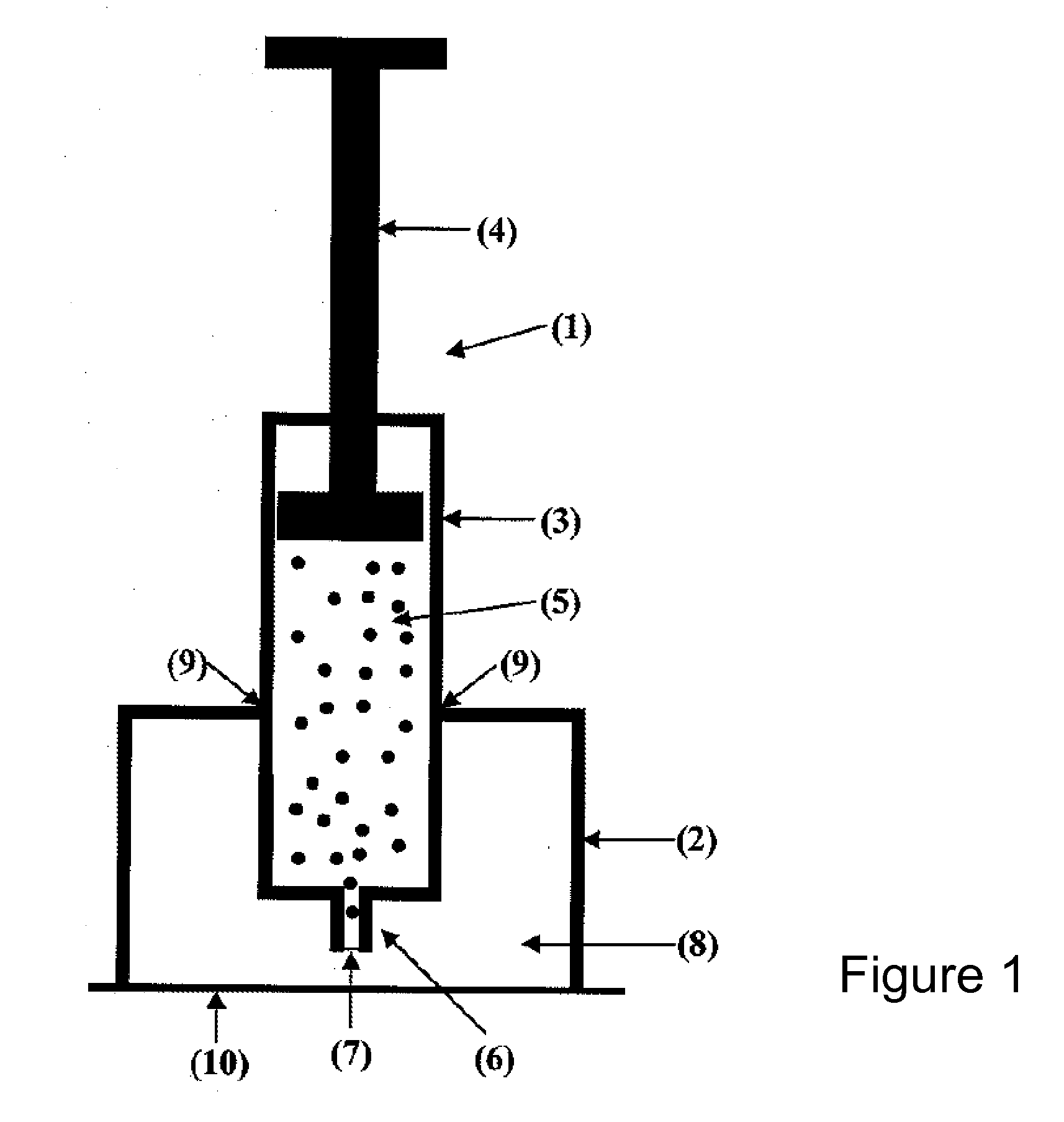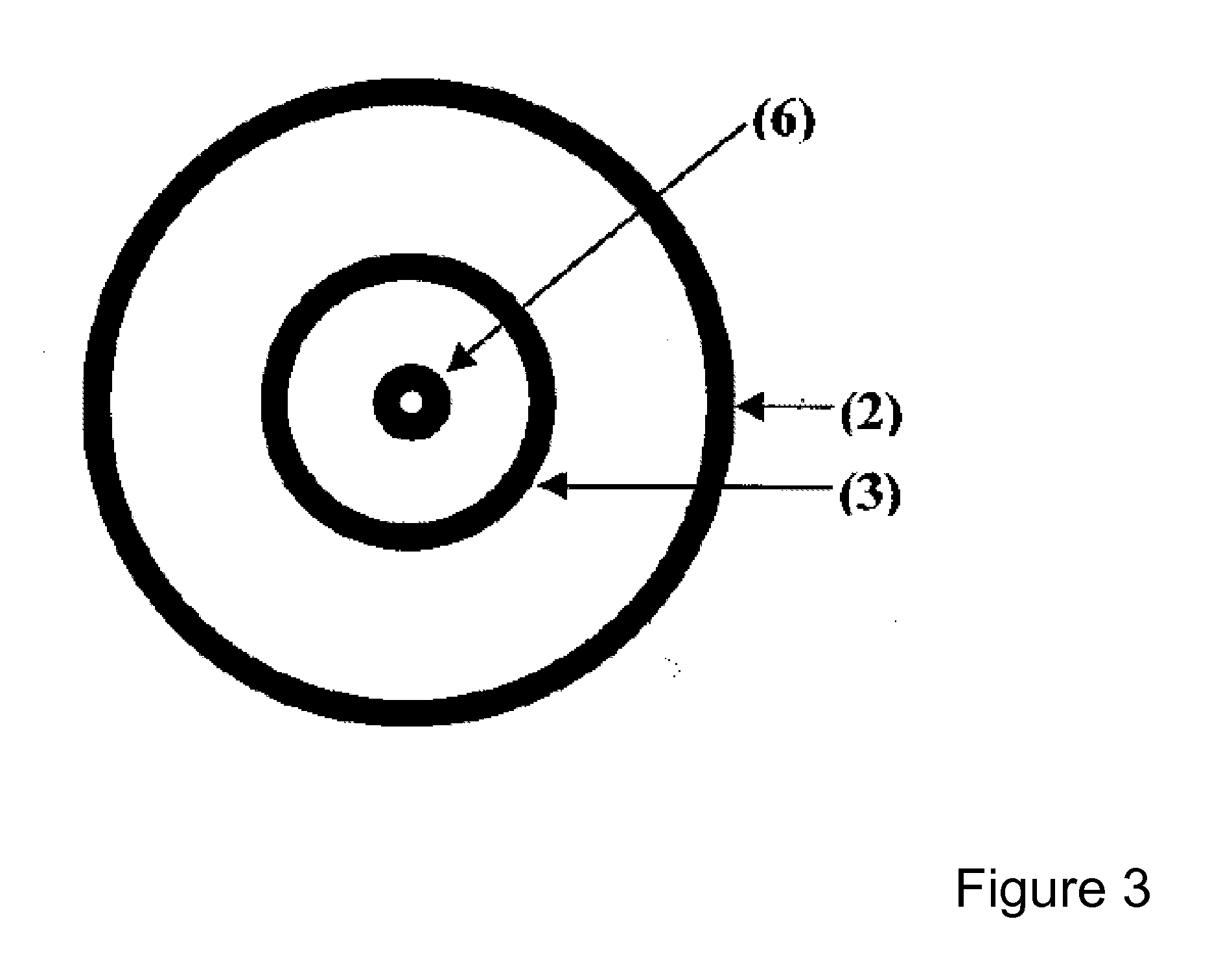Treatment of skin damage
a skin damage and diagnosis technology, applied in the field of diagnosis of skin damage, can solve the problems of skin damage, oxidative damage, and excessive concentration of various forms of oxygen and free radicals, and achieve the effects of reducing the risk of skin damage, and reducing the effect of skin damag
- Summary
- Abstract
- Description
- Claims
- Application Information
AI Technical Summary
Benefits of technology
Problems solved by technology
Method used
Image
Examples
example 1
Collection of Skin Lipid Samples with a Medical Device
[0239]A skin sample for use in the process is readily obtained by a health care practitioner, e.g., a dermatologist. In this example, the sample is obtained by a dermatologist when a subject suffering from symptoms of skin damage is being assessed by the dermatologist. The skin sample is obtained by ethanol wash of a region of a suitable region of the skin of the subject as defined herein. This may include a region of skin where symptoms of skin damage are present. A similar sample is obtained from a suitable region of the subject's skin where there are no apparent visible symptoms. The device as shown in FIGS. 1-4 is prepared by removing the protective membrane of the base, and the open-end of the base member is placed on the surface of a suitable region of the skin of a subject such that the open-end of the reservoir makes contact with the skin surface of the subject and makes a seal that prevents liquid leaking from the reserv...
example 2
Measurement of Squalene and Squalene Monohydroperoxide in Ethanol Extracts from Human Skin Surface
[0240]Skin surface lipids are collected using a medical device according to the methods as described in Example 1, or via tape stripping as described in Giacomoni et al., 2000, IUBMB Life 49. Skin surface lipids are analyzed for squalene and sqOOH as described in detail elsewhere Maes, D., et al., 2000, Methods Enzymol., 319:612-622. Briefly, ethanol soluble lipids are collected by solvent extraction on the ventral forearm, forehead, or cheek, filtered through a 0.45 μm polytetrafluoroethylene (PTFE) filter, dried down in a SpeedVac vacuum concentrator (Savant, Holbrook, N.Y., U.S.A.), reconstituted in 200 μL ethanol and analyzed or stored at −20° C. until further analysis within 24 h. Squalene and sqOOH were separated from other lipids by reversed phase high-pressure liquid chromatography (HPLC) (Thermo Separation Products 1000 Series, San Jose, Calif., U.S.A.) as described earlier Mae...
example 3
[0242]The catalase activity of SOD / Catalase mimetics used in the process was determined as previously described by Doctrow et al., 2002, J. Med. Chem. 45, 4549-4558. Briefly, catalase activity was measured by incubating the sample compound with hydrogen peroxide and determining the amount of hydrogen peroxide remaining after a period of time using a colorimetric peroxidase-coupled assay method. 10 μM sample compound and 100 μM hydrogen peroxide in 40 mM sodium phosphate pH 7.4 were incubated together at ambient temperature in a multi-well plate. After the desired reaction period had elapsed, 20 μl of peroxidase / ABTS reagent was added (peroxidase / ABTS reagent contained 100 μl of 50 mM Na phosphate, pH 7.4, 1 mg horseradish peroxidase (1310 U / mg) and 1.6 g ABTS). After five minutes, absorbance at 750 nm was determined.
[0243]The amount of hydrogen peroxide remaining was calculated based on a standard curve. To compare rates of catalase reaction, the amount of ...
PUM
 Login to View More
Login to View More Abstract
Description
Claims
Application Information
 Login to View More
Login to View More - R&D
- Intellectual Property
- Life Sciences
- Materials
- Tech Scout
- Unparalleled Data Quality
- Higher Quality Content
- 60% Fewer Hallucinations
Browse by: Latest US Patents, China's latest patents, Technical Efficacy Thesaurus, Application Domain, Technology Topic, Popular Technical Reports.
© 2025 PatSnap. All rights reserved.Legal|Privacy policy|Modern Slavery Act Transparency Statement|Sitemap|About US| Contact US: help@patsnap.com



